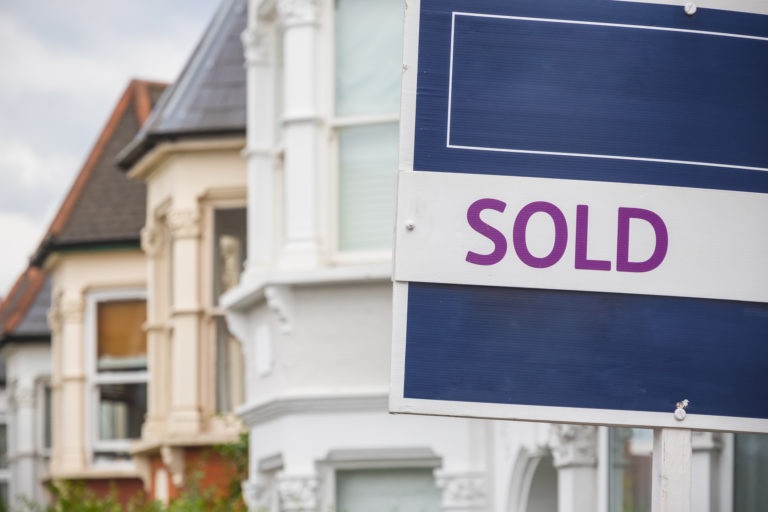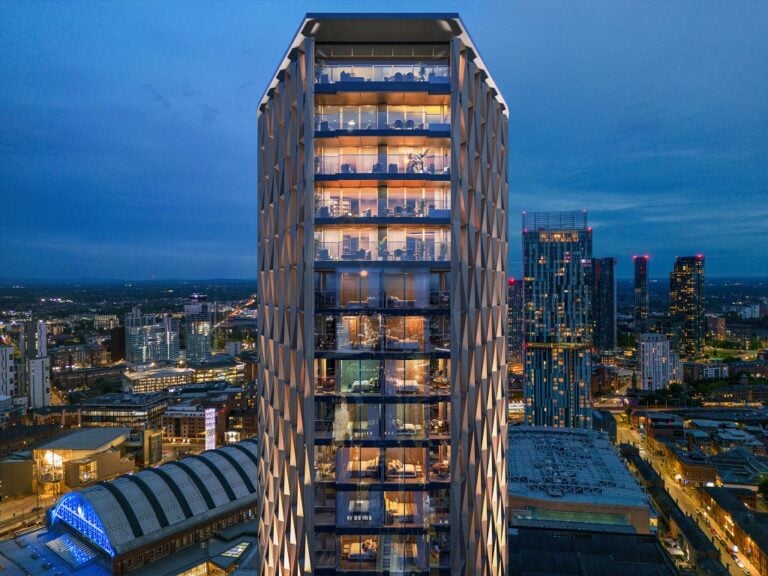The average buy-to-let property has gained nearly £15,000 in value during the past year. What is behind this and what is expected for the private rented sector moving forward?
In the year from March 2020, the value of the private rented sector has increased by 5.8% to a whopping £1.4trn in England, Scotland and Wales. This is according to a report by mortgage lender Shawbrook Bank on the impact the COVID-19 pandemic has had on landlords and the buy-to-let sector.
Since the beginning of COVID-19 to March 2021, the average buy-to-let property increased in value by £14,500. This is a rise of 5.6%, which increased the average value to £259,000. This shows the strength the sector has seen despite a challenging year.
What’s behind this rise?
In the past year, the pandemic and subsequent government incentives have radically reshaped the property market. After the first national lockdown temporarily paused property transactions, the stamp duty holiday turbocharged the sector.
The property boom of the last year has driven up house prices. There has been high levels of demand paired with a lack of supply. These trends are also behind the growth within the private rented sector.
John Eastgate, managing director of property finance at Shawbrook Bank, comments: “Against the backdrop of the pandemic, the PRS has once again shown its strength and the important role it plays.
“Landlords are looking to expand their portfolios due to a combination of rising house prices, attractive yields and growing demand from tenants. Borrowing to help fund this expansion is an attractive option, with landlords presented with great choice and historically low mortgage costs.”
Where is the biggest returns for landlords?
In some regions, prices of the average buy-to-let property increased even more than the average for Great Britain. Wales led the way with an 11% rise. The north-west of England, which has seen particularly strong demand from tenants, buyers and investors, followed closely with a 10.7% increase. And Scotland saw 9.5% growth.
As tenant demand has been at high levels, this is also pushing up rents and rental yields for landlords. For investors looking to buy their next rental property, Shawbrook Bank revealed the regions with the strongest rental yields.
Scotland is home to the best return with an average yield of 5.8%. The north-west comes in second with a yield of 5.5%, while Leeds followed closely with a 5.4% yield.
Additionally, more than half of tenants said they would even be prepared to pay more if the landlord undertook a renovation of the property. This could allow landlords to not only earn more through rental yields but add value to the property.
The future of the private rented sector
As the private rented sector has increased in value, the number of privately rented homes has actually decreased. The sector contracted by 2.6% over the last year, with privately rented properties now making up 17% of the overall UK housing stock.
The outlook of the private rented sector points to more growth moving forward. In the next year, more than a third of buy-to-let landlords are planning to purchase property. At the same time, two thirds of landlords are confident about the future. With the north of England seeing particularly strong rental yields, this will likely lead to more landlords investing there.
As a whole, the private rented sector continues to show its strength. And with people renting for longer, this shows the need for more high quality privately rented properties across the UK.
John Eastgate says: “While more first-time buyers have stepped onto the property ladder in the last year, the reality is that rising house prices mean more will continue to be locked out of home-ownership. This, coupled with disruption to employment and lagging wage inflation, will make it difficult for some to buy their own home.
“In addition, with more choosing to rent for the flexibility and freedom it offers, there is a clear need for professional landlords who can offer high quality accommodation.”










